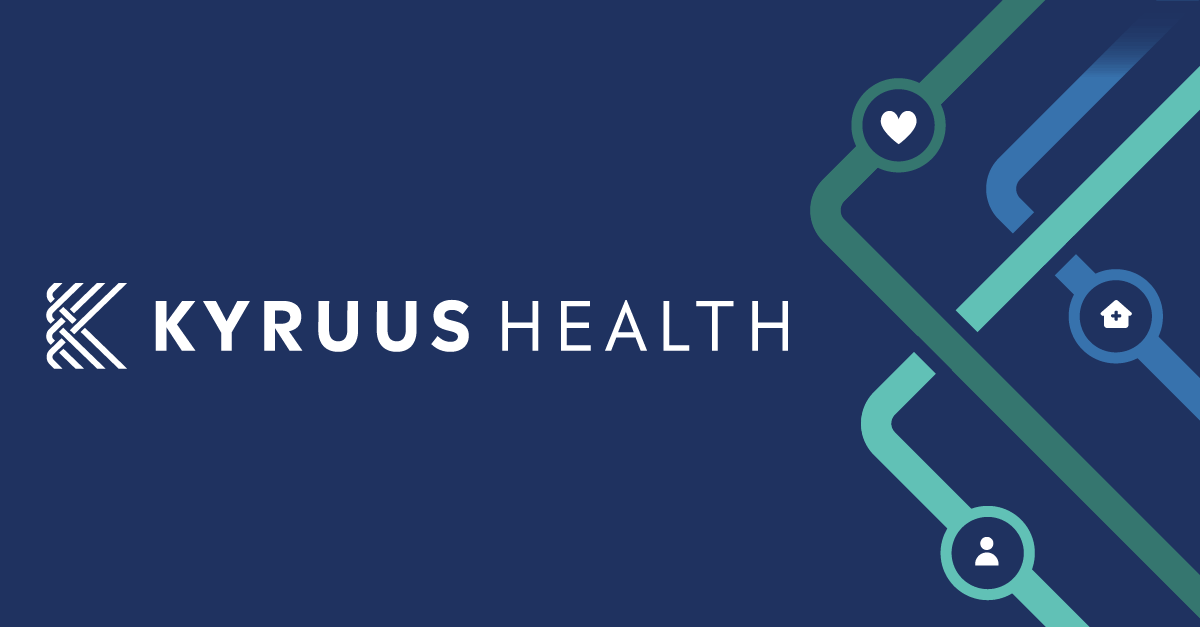When’s the last time you went shopping at the local mall or waited in line to purchase concert tickets?
If you’re of a certain age, you might remember experiences like these and others that now would be considered rare exceptions to how we conduct our commercial transactions. They’ve been replaced with online shopping, a quicker and typically more convenient method of retail interaction. Growing interest in capabilities such as digital shopping, payment, scheduling, and others has been driven by an expectation of convenience, flexibility, and personalization.
Although a little slower to the game, the healthcare industry has taken notice of the changes in consumer preferences for dealing with the service industry. Hence the rapid rise of healthcare consumerism.
Healthcare consumerism regularly tops the list of C-suite priorities, but what exactly is it? Basically, it describes individuals proactively using trustworthy, relevant information, and appropriate technology to make better-informed decisions about their healthcare options in the broadest sense — both within and outside the clinical setting.
Consumers have more options now than ever before. Payers, hospital systems, and healthcare providers risk losing their customer base if the patient experience isn’t prioritized.
So far in 2023, the main drivers of healthcare consumerism continue to be not only the expectation of convenience but also soaring costs and — even with government legislation designed to mitigate it — a lack of price transparency.
Uncontrolled Costs
Let’s start with rising costs. The United States’ current consumer price index (CPI) — a measure of inflation — is at its highest level in almost forty years.
Rising out-of-pocket healthcare costs continue to plague consumers. The average annual patient financial responsibility is $1,650.
Some of the increased ownership of healthcare costs is due to the prevalence of high-deductible health plans. Such plans typically have lower premiums than an equivalent health insurance plan with a lower deductible.
The biggest result of these increased costs is delayed care. Nearly one-third of Americans say they’ve skipped medical care for a health problem due to concerns about the cost. Younger populations are even more likely to say they delayed care because of cost.
Inadequate Price Transparency
Another reason for delayed care is a lack of price transparency, the idea of which is to help Americans be aware of the cost of medical care before receiving it. The primary goal is to reduce healthcare costs and spur competition among providers by enabling consumers to shop for healthcare services.
Along with reducing the cost of healthcare, price transparency has the potential to provide numerous benefits to both consumers and providers, such as real-time online access to estimated out-of-pocket (OOP) costs, enhanced patient engagement, and reduced market prices for various procedures. It helps patients make more educated healthcare purchasing decisions and be more aware of their payment responsibility to their provider.
Factors in Access to Care
This lack of price transparency continues to drive consumers to search for their own healthcare services. The source(s) consumers use to find and access care certainly matter, but so do the factors they prioritize.
As indicated in Kyruus’ 2022 Patient Access Journey Report these three factors are cost, quality, and convenience. Patients not only want to be able to access healthcare when and where they need it — but also how. More consumers prefer communication through digital options like text messaging, email, and mobile app notifications.
The healthcare consumerism trend doesn’t appear to be going away anytime soon, and providers that don’t transition to meet the type of service patients expect will find themselves falling behind. Check out our comprehensive guide to healthcare consumerism to find out how your medical group can use digital health tools to meet patients’ needs for an experience that’s personal, intuitive, and convenient.

